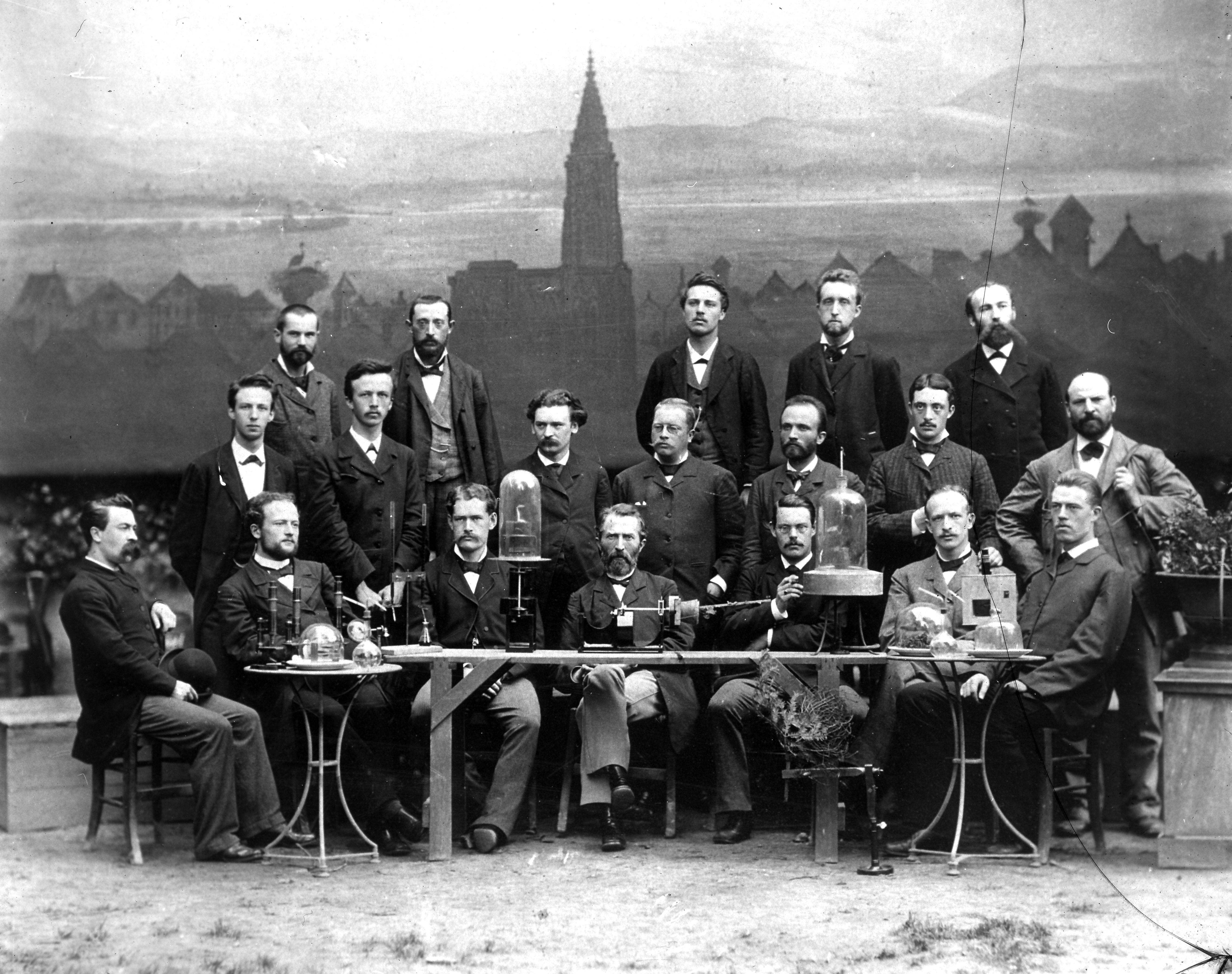|
Peronospora Dianthi
''Peronospora dianthi'' is a plant pathogen for which the binomial authority is Heinrich Anton de Bary Heinrich Anton de Bary (26 January 183119 January 1888) was a German surgeon, botanist, microbiologist, and mycologist (fungal systematics and physiology). He is considered a founding father of plant pathology (phytopathology) as well as the fou .... References Water mould plant pathogens and diseases Peronosporales Oomycete species Protists described in 1863 {{watermould-stub ... [...More Info...] [...Related Items...] OR: [Wikipedia] [Google] [Baidu] |
Heinrich Anton De Bary
Heinrich Anton de Bary (26 January 183119 January 1888) was a German surgeon, botanist, microbiologist, and mycologist (fungal systematics and physiology). He is considered a founding father of plant pathology (phytopathology) as well as the founder of modern mycology. His extensive and careful studies of the life history of fungi and contribution to the understanding of algae and higher plants established landmarks in biology. Early life and education Born in Frankfurt to physician August Theodor de Bary (1802–1873) and Emilie Meyer de Bary, Anton de Bary was one of ten children. He joined excursions of naturalists who collected local specimens. De Bary’s interest was further inspired by George Fresenius, a physician, who also taught botany at Senckenberg Institute. Fresenius was an expert on thallophytes. In 1848, de Bary graduated from a gymnasium at Frankfurt, and began to study medicine at Heidelberg, continuing at Marburg. In 1850, he went to Berlin to continue p ... [...More Info...] [...Related Items...] OR: [Wikipedia] [Google] [Baidu] |
Plant Pathology
Plant pathology or phytopathology is the scientific study of plant diseases caused by pathogens (infectious organisms) and environmental conditions (physiological factors). Plant pathology involves the study of pathogen identification, disease etiology, disease cycles, economic impact, plant disease epidemiology, plant disease resistance, how plant diseases affect humans and animals, pathosystem genetics, and management of plant diseases. Plant pathogenicity Plant pathogens, organisms that cause infectious plant diseases, include fungi, oomycetes, bacteria, viruses, viroids, virus-like organisms, phytoplasmas, protozoa, nematodes and parasitic plants. In most plant pathosystems, virulence depends on hydrolases and enzymes that degrade the cell wall. The vast majority of these act on pectins (for example, pectinesterase, pectate lyase, and pectinases). For microbes, the cell wall polysaccharides are both a food source and a barrier to be overcome. Many path ... [...More Info...] [...Related Items...] OR: [Wikipedia] [Google] [Baidu] |
Water Mould Plant Pathogens And Diseases
Water is an inorganic compound with the chemical formula . It is a transparent, tasteless, odorless, and nearly colorless chemical substance. It is the main constituent of Earth's hydrosphere and the fluids of all known living organisms (in which it acts as a solvent). It is vital for all known forms of life, despite not providing food energy or organic micronutrients. Its chemical formula, , indicates that each of its molecules contains one oxygen and two hydrogen atoms, connected by covalent bonds. The hydrogen atoms are attached to the oxygen atom at an angle of 104.45°. In liquid form, is also called "water" at standard temperature and pressure. Because Earth's environment is relatively close to water's triple point, water exists on Earth as a solid, a liquid, and a gas. It forms precipitation in the form of rain and aerosols in the form of fog. Clouds consist of suspended droplets of water and ice, its solid state. When finely divided, crystalline ice may precipita ... [...More Info...] [...Related Items...] OR: [Wikipedia] [Google] [Baidu] |
Peronosporales
The Peronosporales are an order of water moulds (class Oomycetes) which can be pathogenic In biology, a pathogen (, "suffering", "passion" and , "producer of"), in the oldest and broadest sense, is any organism or agent that can produce disease. A pathogen may also be referred to as an infectious agent, or simply a germ. The term .... Many diseases of plants are sometimes classified under this order, but are sometimes considered members of order Pythiales. Some of these pathogenic protists include the organisms responsible for potato blight, eucalyptus dieback, sudden oak death, and blue mold. Further genetic studies may place these organisms more definitively in one order or another. References Oomycete orders {{plant-disease-stub ... [...More Info...] [...Related Items...] OR: [Wikipedia] [Google] [Baidu] |
Oomycete Species
The Oomycetes (), or Oomycota, form a distinct phylogenetic lineage of fungus-like eukaryotic microorganisms within the Stramenopiles. They are filamentous and heterotrophic, and can reproduce both sexually and asexually. Sexual reproduction of an oospore is the result of contact between hyphae of male antheridia and female oogonia; these spores can overwinter and are known as resting spores. Asexual reproduction involves the formation of chlamydospores and sporangia, producing motile zoospores. Oomycetes occupy both saprophytic and pathogenic lifestyles, and include some of the most notorious pathogens of plants, causing devastating diseases such as late blight of potato and sudden oak death. One oomycete, the mycoparasite '' Pythium oligandrum'', is used for biocontrol, attacking plant pathogenic fungi. The oomycetes are also often referred to as water molds (or water moulds), although the water-preferring nature which led to that name is not true of most species, which ... [...More Info...] [...Related Items...] OR: [Wikipedia] [Google] [Baidu] |
